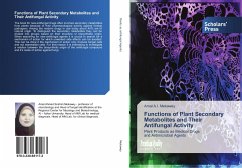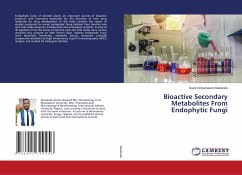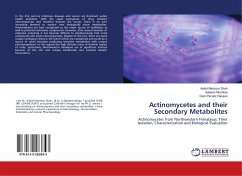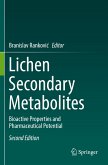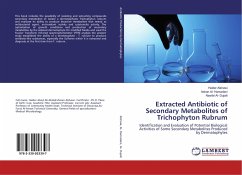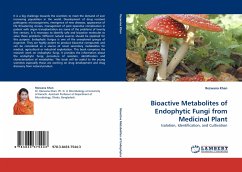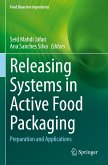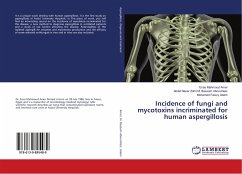The book for new antifungal drugs often involves secondary metabolites from plants because of their pharmacological activity against foreign pathogens. Among the modern drugs in use today about 40% are of natural origin. To distinguish the secondary metabolites they can be divided into groups based on their structure or biosynthetic origin. When searching for new antifungal agents it is crucial to search for a mechanism of action for which unwanted side effects can be avoided. This can be done if the mechanism of action only involves fungal cells and not mammalian cells. For that reason it is interesting to investigate a relation between the biosynthetic origin of the antifungal compound and it's mode of action against fungi.
Hinweis: Dieser Artikel kann nur an eine deutsche Lieferadresse ausgeliefert werden.
Hinweis: Dieser Artikel kann nur an eine deutsche Lieferadresse ausgeliefert werden.

